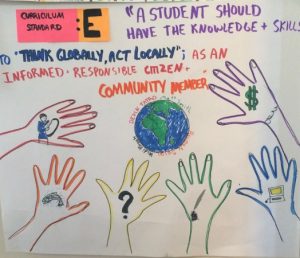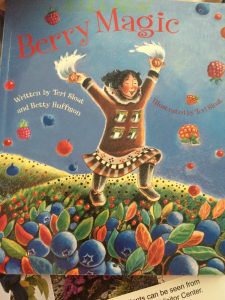This reading not only made me feel a certain way towards my teachers of old, but also who I want to be when I am a teacher. The very beginning of this article caused me to examine my past educational background in tutoring, student teaching, and substitute teaching and realize that the author could not have been more right. There were moments where I was excited, and the class was engaging in topics and debates that felt like they could have gone on for hours. I have also been in rooms where the bell cannot ring fast enough, and as the students leave the room you stop and try to think if teaching is really for you. For all of the moments where you cannot explain to a struggling student enough what a certain concept is; there are moments where you can see the light in a students eyes, as they finally for the first time grasp a lesson, and an idea. That, I believe is what makes teaching worth it.
I really enjoyed Parker J. Palmer examined how teachers pour their heart and soul into their class, and put themselves out there for the benefit of the students. I will agree it can be incredibly frightening, and that is something that I believe all teachers deal with. What if I am boring, what if my students cannot relate, or what if I am making the work too hard/easy for them? These are a few of what I assume is an endless list that many teachers must continue to overcome. This also ties in with what I think PJP stated when he said that we must satisfy the teacher in us, before we can teach the teacher in our students. We must not be afraid, but confident individuals in who we are, and who we are teaching.
When I worked for the education department at Zoo New England, the greatest advice that I could have gotten from my boss was when he told me that, “You need to command a room. Walk in, let everyone know you are there, and even if it is just for the 50 minute class, that type A personality, and your natural self will flow within that”. I had struggled at first with just walking into a room and commanding attention, but after I stopped thinking and just went for it, my whole outlook and teaching style changed. When JPJ mentioned the teacher, Alan, I felt a small connection with him, because he was able to hone in on his craft, and that is something I have tried to work on continuously whether it be as a student teacher, or a glacier guide. As long as I keep my heart, and my love for teaching, I will be ok and I will be able to explore the wild terrain that is teaching with my class. I am no longer afraid, just as JPJ talked about at the end of his essay with younger faculty, because I know that this fear of failing my students, will make me work harder so I can, at least for 50 minutes each class be that type A personality, on this great journey called teaching.


